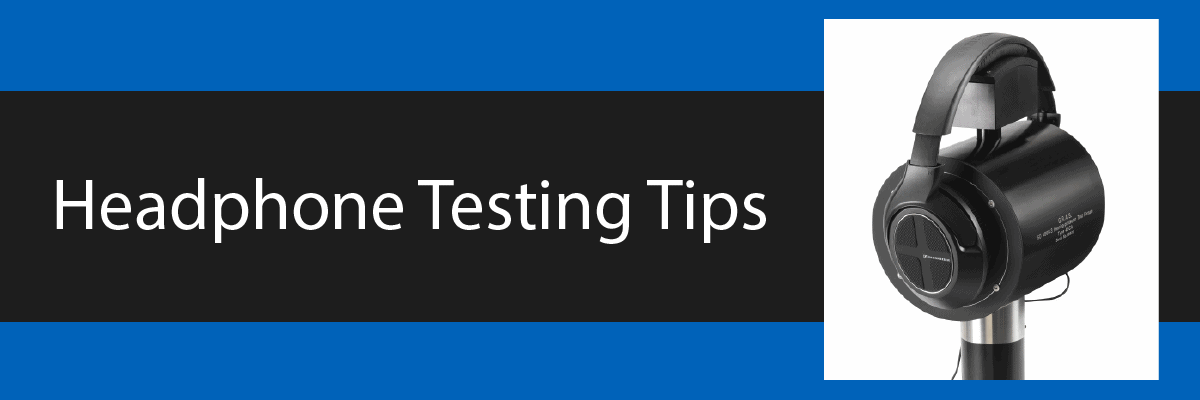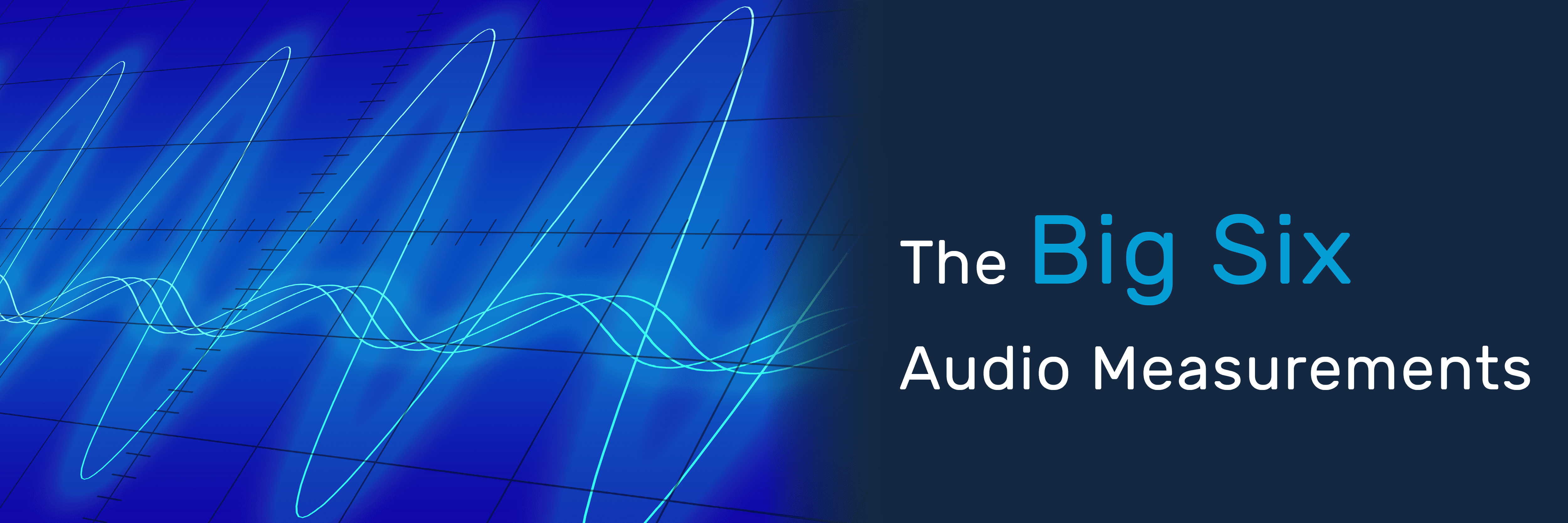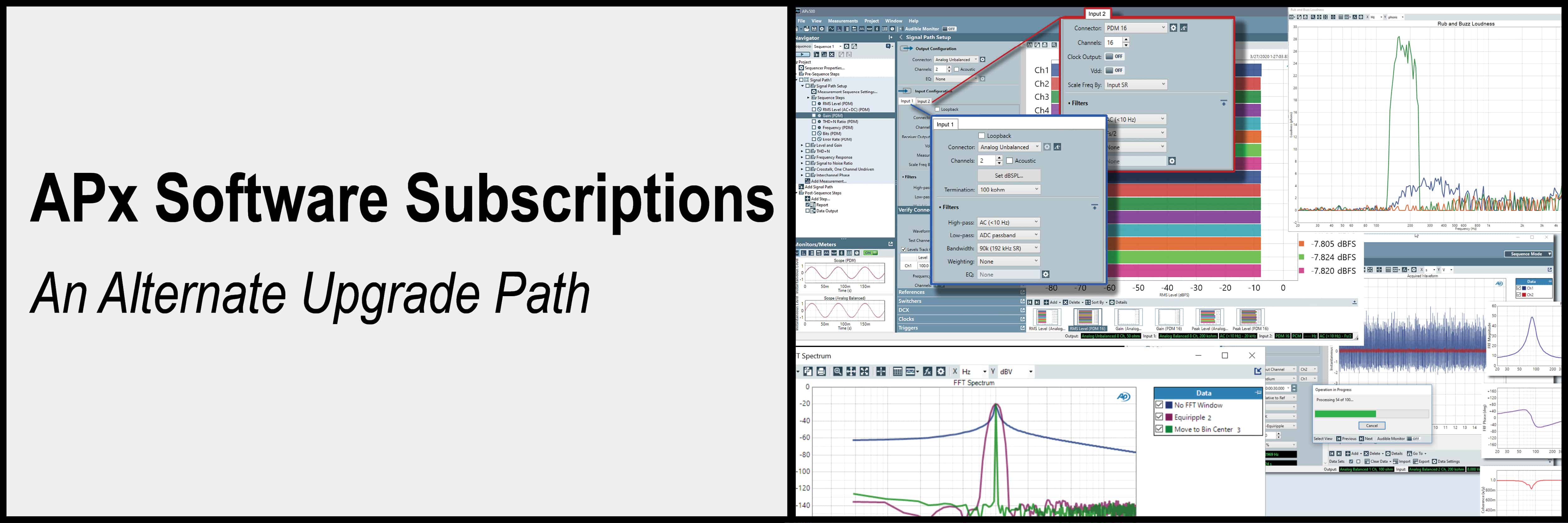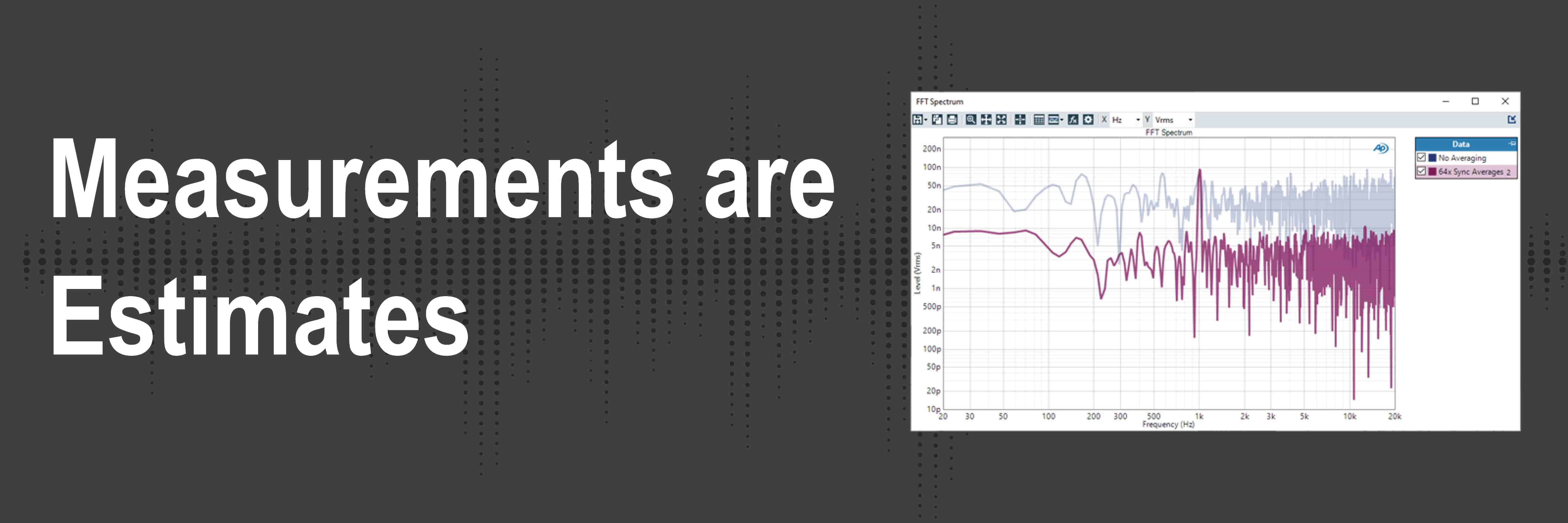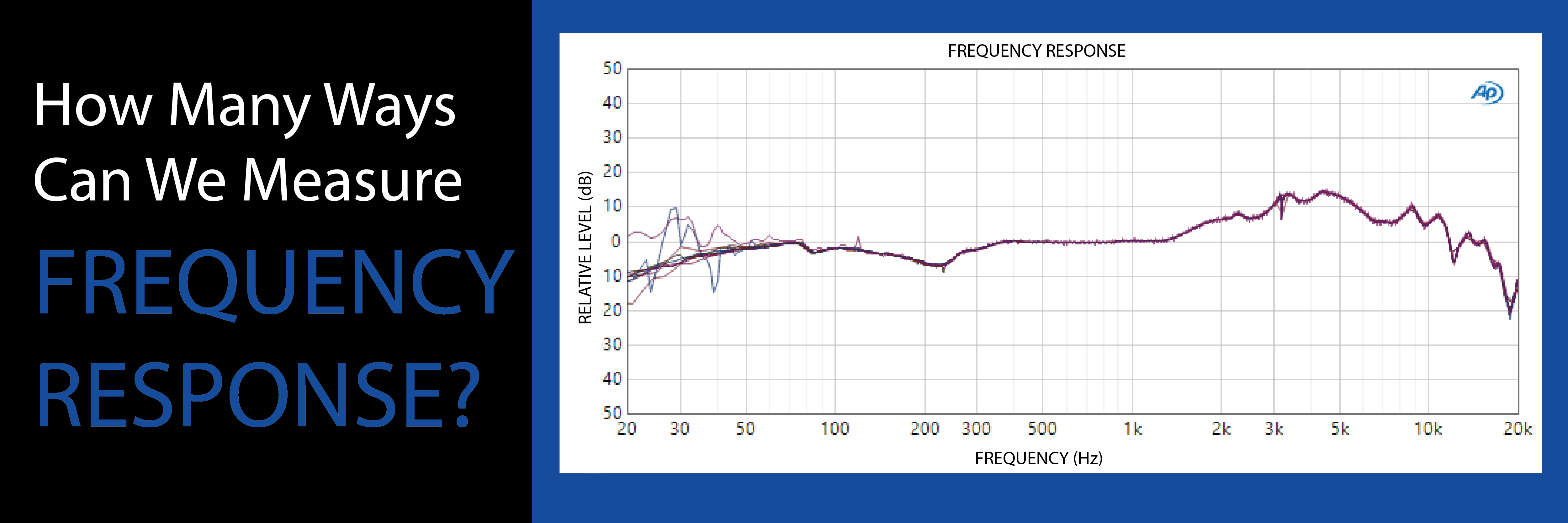Headphone Testing Tips
As in loudspeaker testing, the measurement of headphones and earbuds involves driving an acoustic transducer, acquiring the result with a microphone and analyzing the signal. Headphones, however, are more complicated in that they are designed to be coupled with the human ear. Proper equipment, such as a headphone test fixture, is necessary to ensure an accurate and objective result. In addition, there are many measurements to consider when evaluating the performance of headphones or earbuds, along with some important best practices to consider throughout the test procedures.
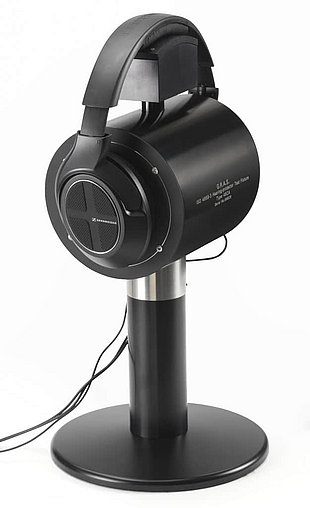
Figure 1. ISO 4869-3 Headphone Test Fixture, model 45CA, G.R.A.S Sound & Vibration.
Measurements
A headphone test fixture paired with a modern analyzer and associated software can perform a wide range of measurements, including:
- Frequency Response
- Electrical Impedance
- Input Voltages
- Sound Pressure Level
- Harmonic and Intermodulation Distortion
- Noise Attenuation
- Crosstalk Attenuation
- Rub and Buzz
- Left/Right Tracking
The Importance of Fit
The fit of an earphone to the pinna—of the headphone test fixture or the user—can have a dramatic effect on performance. This effect is magnified in the bass response of closed headphones; leaks will reduce the ability of the earphone to generate sound at low frequencies. In Figure 2 below, five frequency response measurements are depicted, showing where the headphones were removed from the pinnae and then reapplied before each measurement. Generally, it is best practice to average the results of several measurements (3-5 is recommended) with the headphones being removed and re-applied between measurements.
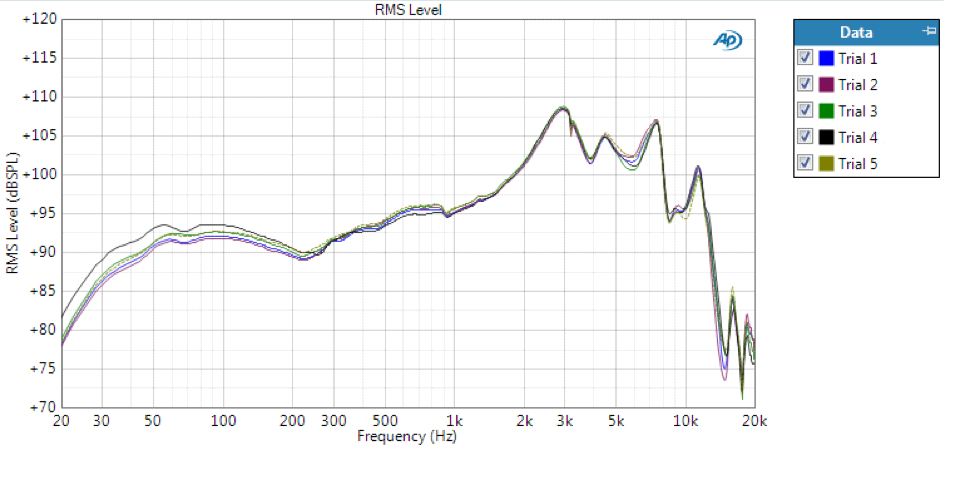
Figure 2. Frequency response of circumaural headphones for 5 cycles of placing the headphones on the ATF.
Left/Right Tracking
Left/Right Tracking is a suitable metric for stereo headphones. Measuring the relative response of each earphone in a pair of headphones, Left/Right Tracking is easily derived from frequency response measurements on an headphone test fixture with two ear simulators by comparing the response from the right and left ear. Earphones that match perfectly will have a Left/Right Tracking response curve that is a flat line at 0 dB. Figure 3 illustrates the left and right earphones of the insert earphone are well matched from 20 Hz to 10 kHz.
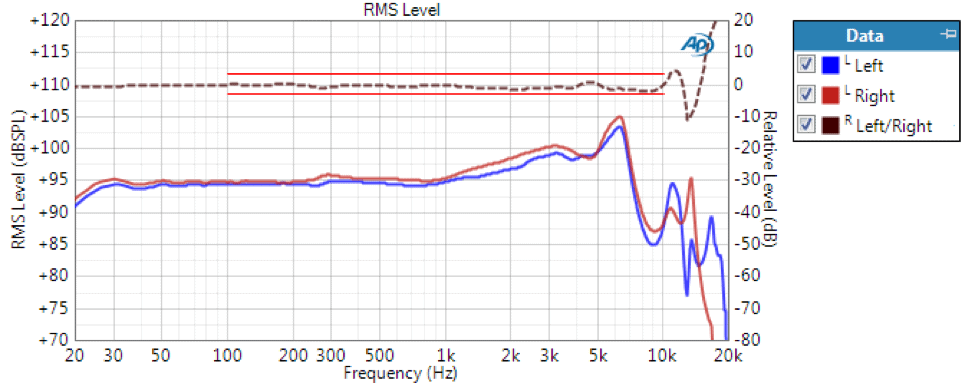
Figure 3. Frequency response of the left and right earphones (left axis) and their Left/Right tracking response curve with ±3 dB limits (right axis).
Sound Attenuation
Sound attenuation is a measurement which demonstrates how effective a headphone is at blocking ambient noise from entering the ear canal. For manufacturers of headphones with active noise cancellation (ANC), sound attenuation is especially significant.
Guided by the standard ISO 4869-1 and -3 (which are referenced in IEC 60268-7), a random incidence sound field is created around an isolating headphone test fixture. A broadband signal such as pink noise is generated and sound levels in the ear simulators are measured in 1/3-octave bands. For headphones without active noise cancellation, the procedure requires first measuring the 1/3-octave sound level spectrum of the open ear (i.e., no headphones on the test fixture), and then repeating the measurement with the headphones in place. The insertion loss is calculated as the difference between these spectra. In the case of headphones with active noise cancellation, a second step is required: measurements are conducted with and without the ANC feature enabled, from which passive and active attenuation values are calculated. Measured spectra are typically normalized to the measured open ear spectrum, as shown in Figure 4. This graph indicates that the active noise attenuation is effective below about 1.5 kHz, and that it is less effective than passive attenuation alone in the frequency range from about 1.5 kHz to 4 kHz.
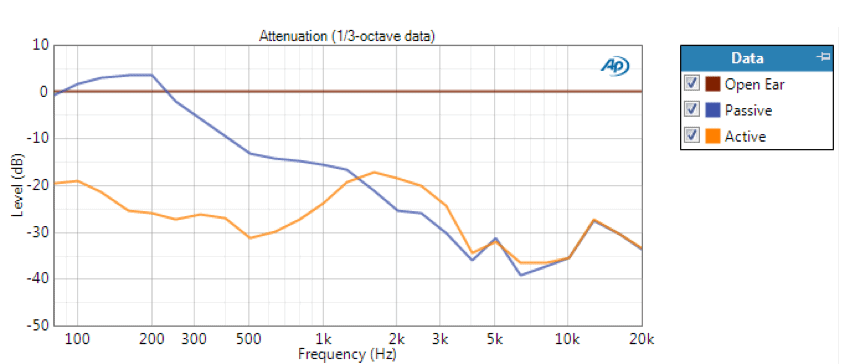
Figure 4. Normalized spectra from one measurement of an ANC headphone showing passive and active attenuation.
Additional Resource
Login to AP.com and navigate to our Technical Library to download our Application Note: Headphone Electroacoustic Measurements. This post was largely based on the application note, which goes into much more detail and provides many references to standards.
